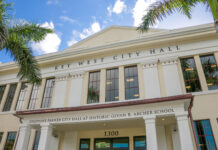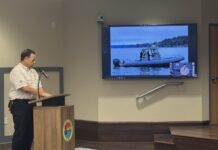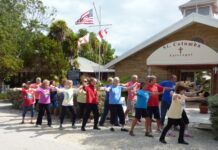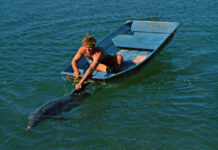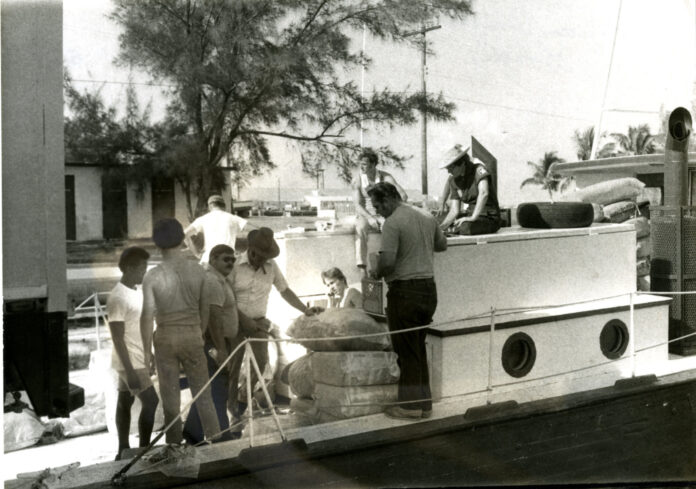
Sometimes in Key West’s beloved “bad old days,” also known as the late 1970s and early ’80s, you could feel a spine-tingling sense of electricity in the air. It wasn’t connected to the blackouts and brownouts that scrambled the power supply at irregular intervals. It wasn’t even connected to the lightning that occasionally split the sky, sparked by sudden fierce storms blowing through.
No, it was the jazz.
Many years ago, television’s “A-Team” (a mostly forgettable program), concisely explained the concept. The show’s Naive Girl Reporter asked the Macho Muscle Man why the Daring Ringleader regularly risked his life for no apparent reward. The Macho Muscle Man glinted his gold teeth at her and replied in a gravelly voice, “It’s the jazz, man. It’s the jazz.”
In Key West’s outlaw heyday, it was the jazz that got adrenaline pounding through your veins like a dog pack on overdrive. The jazz that brought your heart up into your throat and deposited it there, forcing your tonsils into temporary evacuation. The jazz that heightened your senses to a superhuman degree, making whites seem whiter and colors brighter (like laundry detergents are supposed to, but never quite succeed).
Back then, when pot smuggling was an acknowledged profession, the jazz was a common companion to most Key Westers. That’s because virtually everyone knew a smuggler (or fell in love with a smuggler, or WAS a smuggler).
While a few wannabe “importers” were as hapless as the Marx Brothers, the majority were fairly skilled at sailing cargoes of cannabis up from the islands to unload on hidden Keys shores. But all it took to start the jazz flowing was an on-the-water exchange with the Coast Guard when there were bales concealed on your boat.
Of course, the proliferation of smugglers meant the proliferation of another life form: attorneys attempting to keep them out of jail.
One in particular, who must remain nameless here, was a drug lawyer without equal. If you could afford him, even if you were caught on a boat carrying 10 tons, you had a good chance of dodging jail time.
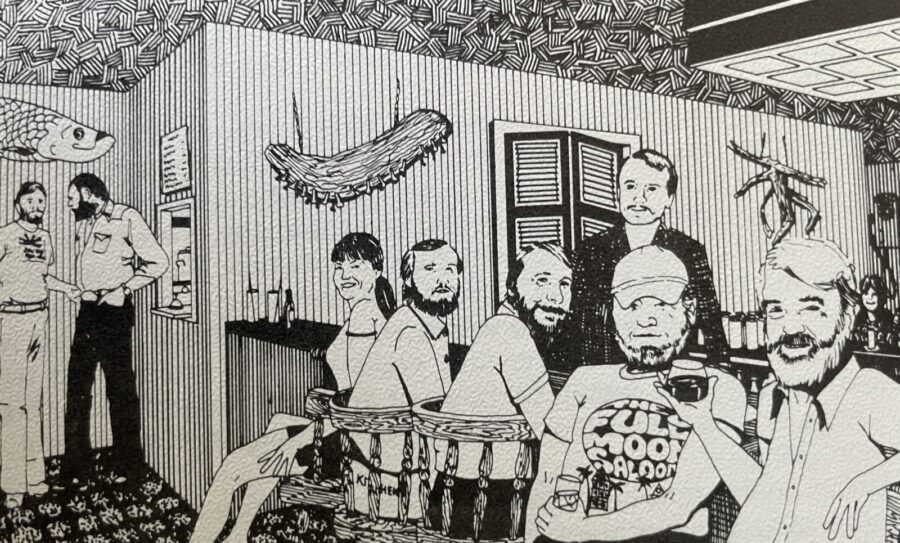
Just walking into his Whitehead Street office was like inhaling a giant lungful of the jazz. Power emanated from him in waves, and high-rollers wandered in and out as if they owned the place.
The feds regarded him with unswerving hatred, but the Keys smugglers never failed to shake their heads and grin at the mention of his name.
“He’s crazy, that one,” they’d say admiringly. Then the grin would broaden. “I’ve got him on retainer just in case, you know?”
Another place where the jazz was prevalent was the Sugarloaf Leisure Club, the high-rollers’ infamous hideaway. At this sprawling enclave 17 miles north of Key West, they escaped to indulge in clandestine affairs and illicit (often powdery) substances.
In a piece of unforgettable advertising irony, the turnoff to the Leisure Club was marked by a large Coca-Cola billboard that proclaimed, “Coke Adds Life to the Florida Keys.”
Most of the Leisure Club patrons agreed completely.
For some reason, despite the dangers of that long-ago existence, life seemed simpler then. We were young, sure of our own immortality, and prepared to ride the jazz to the limit. There was a sense of hyper-aliveness, an edgy thrill that was insidiously addictive.
These days, although the Keys’ resident renegades have grown up and gathered the tattered remnants of our common sense around our shoulders, we’ve never quite forgotten the heart-pounding exhilaration of the jazz … and we miss it.


